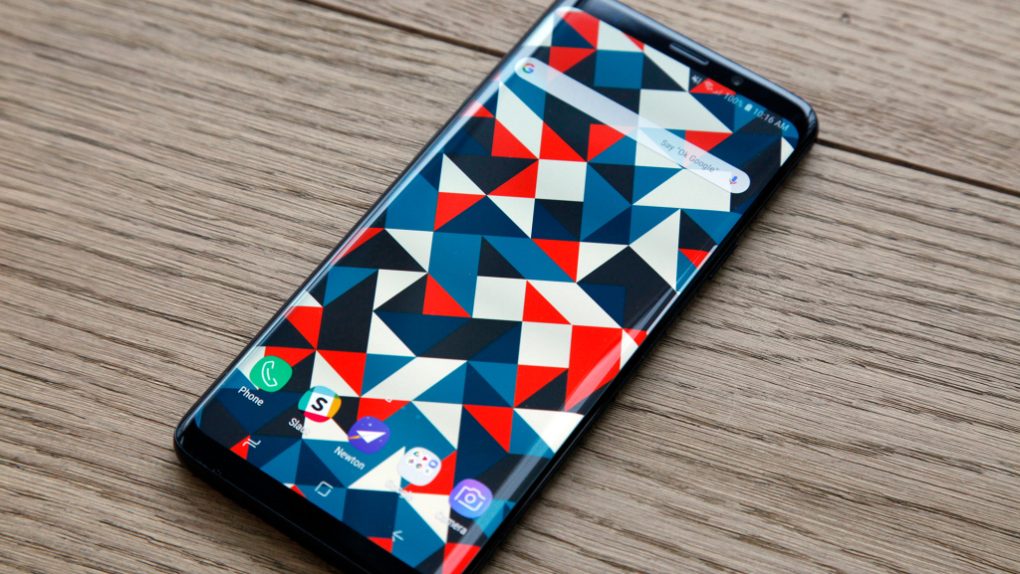Almost all smartphone makers out there have “all-screen” phones in stores this year, as we’ve reached a smartphone design peak. We want pocketable devices with displays that extend from corner to corner, and we’re nearly there. It won’t be long until smartphones with a real all-screen design come out, the kind that doesn’t make any compromises. But once the notches, the camera holes, and the slide-out mechanisms are gone, smartphone makers will have fewer ways of increasing the size of the display without also increasing the size of the device. Foldable displays will offer users a tablet-sized smartphone that can still be placed in a pocket. A more exciting way of improving the display experience is projecting holograms out of the display. And Samsung is interested in both of these technologies.
Samsung already unveiled its first foldable handset a few weeks ago, a device that features a generous internal screen, as well as a smaller display on the outside. But Samsung is also studying ways of creating holographic images atop of the screen. A new patent found by Dutch blog LetsGoDigitial reveals that Samsung has already thought of technology that would let a screen beam light in the air to create a 3D stereoscopic image.
As the blog notes, Samsung has been mentioning “hologram devices” in previous patents, but the new documentation, published in late November, actually describes in great detail a “hologram reproducing apparatus and method thereof.”
The patent explains that a screen would contain an array of microlenses that will be used to beam images out of the display with the help of spatial light modulator (SLM). The technology could work with other devices equipped with such sophisticated screens, not just smartphones, and there’s no guarantee that future Galaxy S10 successors will feature holographic displays. Let’s not forget that Samsung, and other companies, are also working on mixed reality glasses that may combine AR and VR experiences. In both cases, projecting holographic 3D digital objects could significantly improve the experience.
When it comes to smartphone tech, the competition is also working on similar display innovations. Just this year, camera maker RED came out with a phone supposed to deliver a brand new 3D smartphone experience. Samsung’s most significant rival, meanwhile, filed several patents in the past that not only suggest future iPhone and iPad could feature holographic displays but that users will be able to interact with the objects projected above the screen. Needless to say that, if Apple does go forward with such tech, it will require companies like Samsung Display and other suppliers to deliver the components that would make holographic screens possible.
That said, there’s no telling when this technology capable of projecting holograms on displays will be available in commercial products. But whenever it happens, Samsung will be among the first companies to launch such gadgets. A report last year said that both Samsung and LG are studying 3D screens and holograms, but advised that manufacturing issues might product launches.








